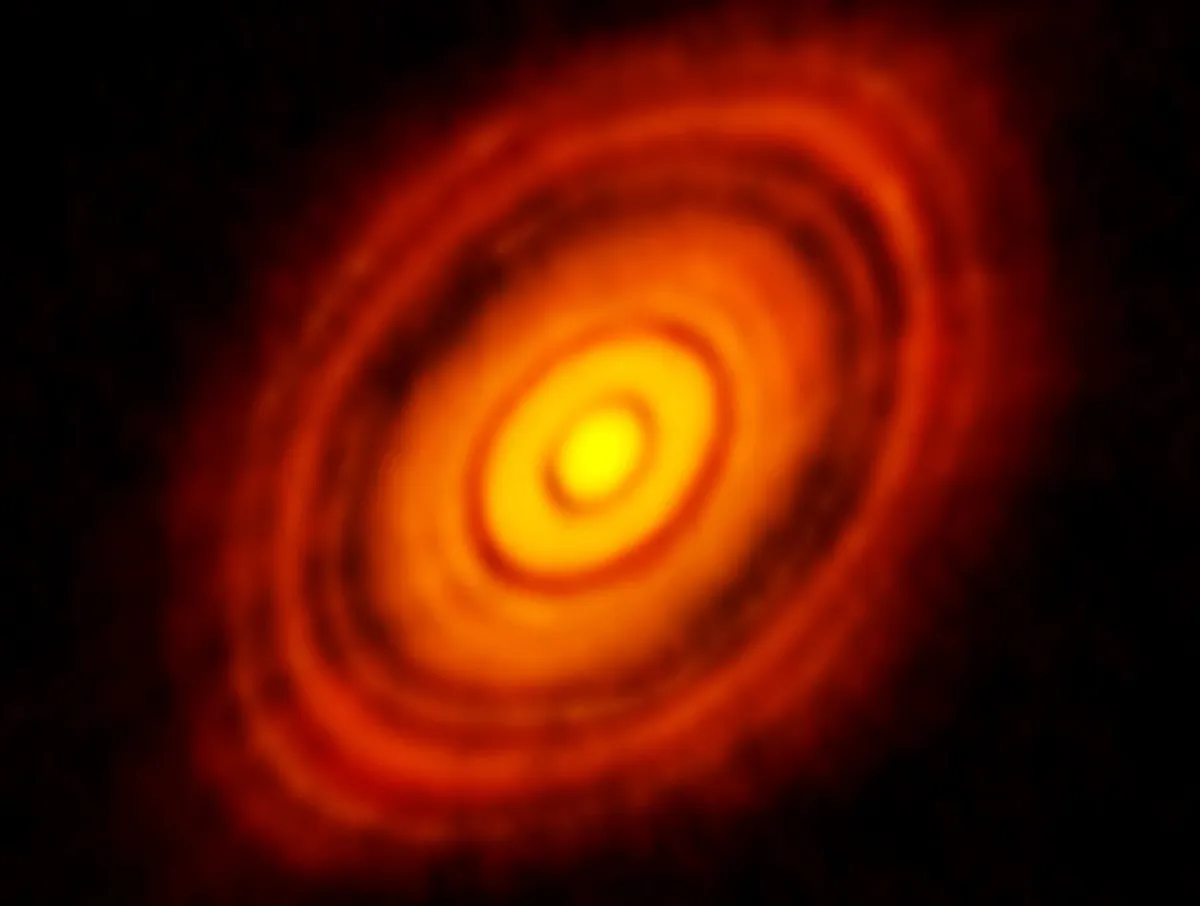How old is Earth? According to most estimates, planet Earth is roughly 4.55 billion years old.
While that's not as old as the Sun itself (for reasons self-explanatory!), our home planet Earth is clearly very old.
To understand why Earth is so old, we need to look way back to the formation of the Solar System
We'll also take a look at current theories of planet formation.
A primer on planet formation

Planets form when gravity causes particles orbiting a star – in our case, the Sun – to clump together in ever-larger bodies, a process known as accretion.
This is why the disk of material surrounding a newborn star is called an accretion disk, or a protoplanetary disk.
Put very simply, dust particles collide and fuse to form tiny pebbles.
Pebbles collide and fuse to form larger rocks
Rocks collide and fuse to form larger bodies called ‘planetesimals’
And so it goes on.
In the case of Earth, this process would have begun shortly after the Sun itself started to take shape, around 4.6 billion years ago.
We know this through the study of rocks. And it's Apollo samples that have revealed how old the Moon is.
But how does this work?
How rocks reveal Earth's age

The oldest rocks on Earth’s surface can be found in Quebec: forming a rocky outcrop known as the Nuvvuagittuq Greenstone Belt, they are around 4.3 billion years old.
But geologists know from analysing lead isotopes found in meteorites that the Solar System itself is 4.6 billion years old.
And that Earth’s mantle is formed from much the same material as those meteorites.
What was early Earth like?

Early Earth was a barren, rocky and extremely hot planet whose only atmosphere consisted of gases pumped out by the many volcanoes on its surface.
It was regularly bombarded by meteors, too.
It wouldn’t be too long before a collision with another large body that scientists dubbed Theia knocked a huge chunk out of it, forming the Moon.
As a result, it's safe to say early Earth wasn't a good place for a holiday, then.
But within half a billion years or so, Earth began to cool.
The volatile, volcanic surface became more stable and able to support oceans of liquid water.
And incredibly, as early as four billion years ago, the first, single-celled forms of life began to appear.
How all that happened, though, is a question for another day…

